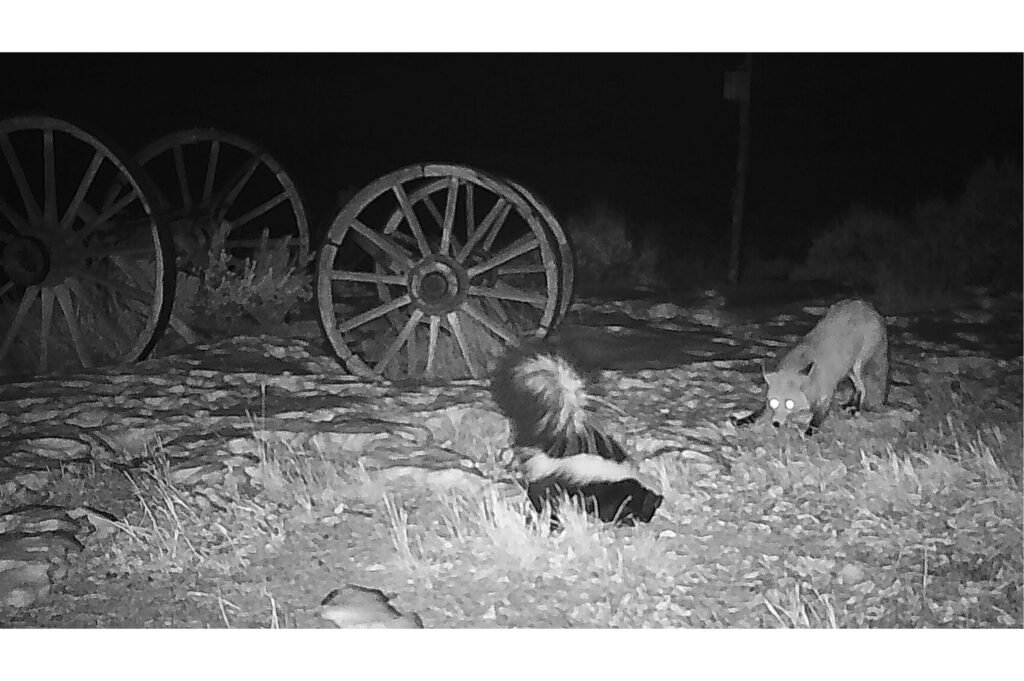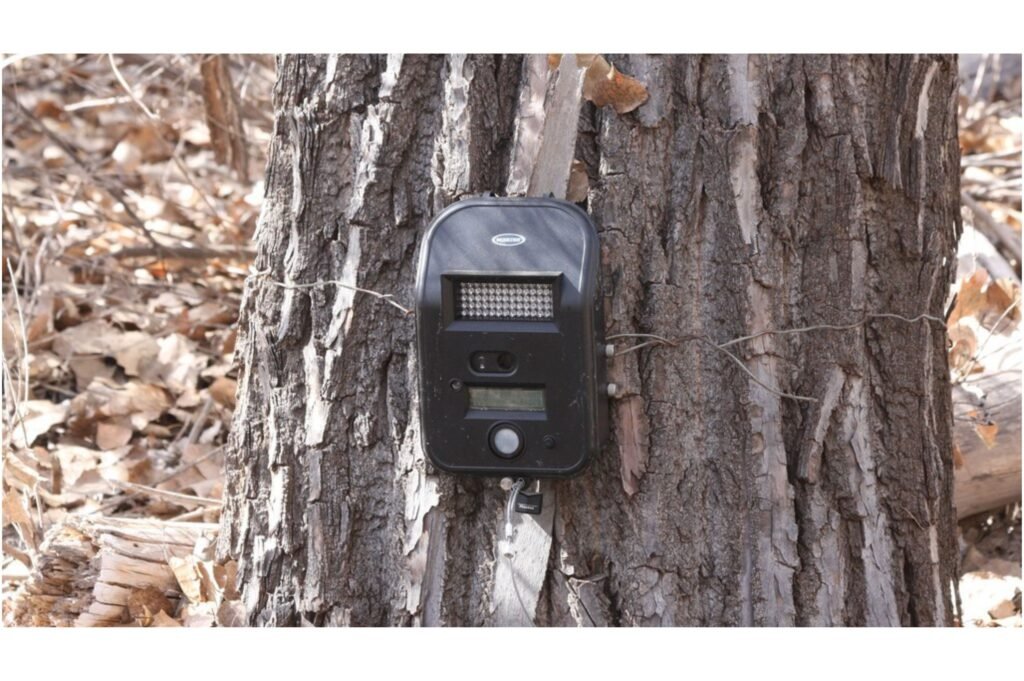Camera traps, often referred to as trail cameras, have revolutionized the field of wildlife research over the past few decades. These devices, equipped with motion sensors and infrared technology, capture images or videos of wildlife with minimal human disturbance. This non-invasive tool has opened up new avenues for ecological and behavioral studies, offering invaluable insights into the lives of elusive and endangered species.
How Camera Traps Work

Camera traps are typically equipped with infrared sensors that detect heat and motion, allowing them to capture images or videos when an animal passes by. These cameras are designed to operate in harsh weather conditions and can be left in the field for extended periods. The captured data can then be retrieved and analyzed to assess various aspects of wildlife behavior and ecology.
The Benefits of Using Camera Traps

One of the primary benefits of camera traps is their ability to monitor wildlife without disturbing their natural behavior. Unlike traditional observation methods, which often require a human presence, camera traps silently record data, allowing researchers to study animals as they behave naturally. This technology is particularly useful for studying rare or nocturnal species that are difficult to observe directly.
Applications in Wildlife Research

Camera traps have diverse applications in wildlife research. They have been used to gather data on species distribution, population density, habitat use, and activity patterns. By analyzing camera trap footage, researchers can identify individual animals, estimate population sizes, and even track changes in distribution over time. This information is crucial for effective conservation efforts and wildlife management.
Discovering New Species

One of the most exciting aspects of camera trap technology is its potential for discovering new species. In remote and unexplored regions, camera traps can capture images of previously undocumented species, contributing to our understanding of biodiversity. Notable discoveries include the elusive Annamite striped rabbit in Vietnam and Laos, first photographed by camera traps in the early 2000s.
Behavioral Studies and Insights

Behavioral studies are another significant area where camera traps have made substantial contributions. Researchers use these devices to study various behaviors such as mating rituals, foraging patterns, and social interactions. By understanding how animals interact with their environment and each other, scientists can develop more effective conservation strategies.
Contributions to Conservation Efforts

Camera traps play a critical role in conservation by providing data essential for protecting endangered species and their habitats. The information obtained from these devices can help inform policymakers and conservationists about human-wildlife conflicts, illegal poaching activities, and the impacts of climate change, enabling more targeted and informed conservation actions.
Challenges and Limitations

Despite their many advantages, camera traps do have limitations. Initial setup and maintenance can be labor-intensive, and devices are sometimes prone to theft or damage by wildlife. The cameras can also produce false positives, capturing images triggered by environmental factors like wind or raindrops. Moreover, analyzing the vast amounts of data collected can be time-consuming and require specialized skills.
Technological Advances and Future Directions

The field of camera trap technology is rapidly advancing. Modern devices offer higher resolution images, better battery life, and advanced features such as wireless data transmission and artificial intelligence for automatic species identification. Researchers are continually exploring ways to improve the efficiency and effectiveness of camera traps, making them even more valuable tools for wildlife research and conservation in the future.
Conclusion

Camera traps have transformed wildlife research by providing a window into the hidden lives of animals. Their ability to operate in remote areas and capture candid footage without disturbing the subjects offers unparalleled opportunities for discovery and conservation. As technology continues to evolve, camera traps will likely become even more integral to our efforts to understand and protect the world’s wildlife.

Jan loves Wildlife and Animals and is one of the founders of Animals Around The Globe. He holds an MSc in Finance & Economics and is a passionate PADI Open Water Diver. His favorite animals are Mountain Gorillas, Tigers, and Great White Sharks. He lived in South Africa, Germany, the USA, Ireland, Italy, China, and Australia. Before AATG, Jan worked for Google, Axel Springer, BMW and others.




